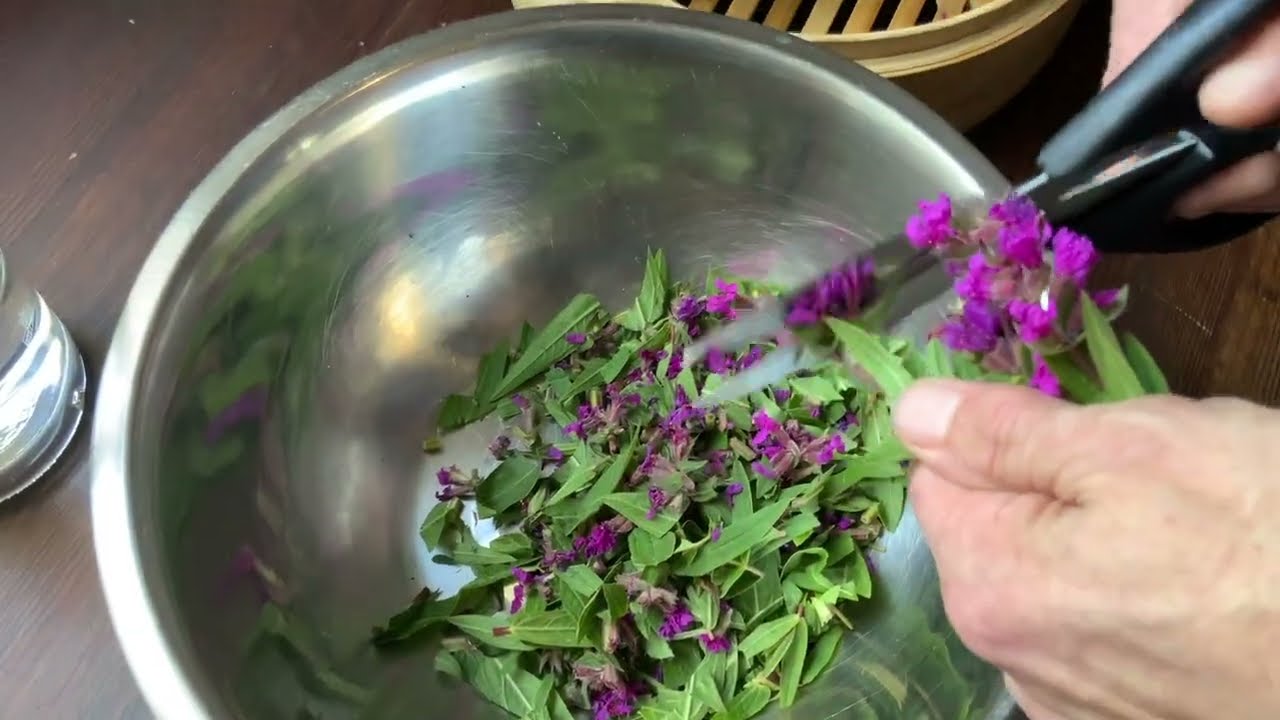
Purple loosestrife, scientifically known as Lythrum salicaria, is a perennial herb known for its medicinal properties. It’s been used traditionally to treat various ailments such as diarrhea, intestinal problems, and as an astringent. Making a tincture from purple loosestrife is a great way to harness its beneficial properties in a concentrated form. Here’s a simple guide on how to make your own purple loosestrife tincture at home.
Benefits of Purple Loosestrife
-
Astringent Properties: Can help tighten tissues and dry out secretions.
-
Antimicrobial Effects: Has been used to fight against bacteria and other pathogens.
-
Anti-inflammatory: May help reduce inflammation in the body.
Ingredients
-
Fresh or dried purple loosestrife flowers and leaves
-
High-proof alcohol (such as vodka or grain alcohol, at least 40% alcohol by volume)
Equipment
-
Glass jar with a tight-fitting lid
-
Cheesecloth or a fine mesh strainer
-
Dark glass bottle for storage
Instructions
-
Prepare the Plant Material:
-
If using fresh purple loosestrife, harvest the flowers and leaves when the plant is in bloom for maximum potency.
-
Thoroughly wash the plant material to remove any dirt or insects.
-
If using dried purple loosestrife, measure out about 1/4 cup of dried material.
-
-
Chop or Bruise:
-
Chop fresh flowers and leaves finely to increase the surface area, which will help extract more of the active ingredients.
-
If using dried material, lightly bruise it to help release the compounds.
-
-
Fill the Jar:
-
Place the chopped or bruised purple loosestrife in the glass jar.
-
Pour enough high-proof alcohol over the plant material to completely cover it by at least two inches above the top of the herbs, as the alcohol will absorb the water from the herb and expand.
-
-
Seal and Store:
-
Close the lid tightly and shake the jar to mix the contents.
-
Store the jar in a cool, dark place. Shake the jar daily for at least two to four weeks. This process is known as maceration, and it helps to draw out the active compounds from the plant into the alcohol.
-
-
Strain the Tincture:
-
After maceration, strain the tincture through cheesecloth or a fine mesh strainer into another clean glass jar to remove the plant material.
-
Squeeze or press the plant material in the cheesecloth to extract as much liquid as possible.
-
-
Bottle the Tincture:
-
Transfer the strained liquid into dark glass bottles to prevent light from degrading the active compounds.
-
Label the bottles with the name of the herb, type of alcohol used, and the date.
-
-
Dosage and Use:
-
Consult with a healthcare provider for appropriate dosages and uses. Generally, tinctures are taken in small amounts, typically 1-2 ml, up to three times a day. They can be taken directly under the tongue or diluted in a small amount of water or tea.
-
Conclusion
Making your own purple loosestrife tincture is a practical way to utilize the natural benefits of this herb. Remember to source the plant responsibly, as it is considered invasive in many areas and can easily spread if not controlled. This tincture offers a sustainable way to apply the medicinal properties of purple loosestrife and can be a valuable addition to your home apothecary.




